Woody > Pluchea > Pluchea carolinensis > Pluchea carolinensis
Pluchea carolinensis
Origin: Native to Aruba, Bahamas, Belize, Bermuda, Cayman Islands, Colombia, Costa Rica, Cuba, Dominican Republic, Ecuador, El Salvador, Guatemala, Guyana, Haiti, Honduras, Jamaica, Leeward Islands, Mexico Central, Mexico Gulf, Mexico Northeast, Mexico Northwest, Mexico Southeast, Mexico Southwest, Netherlands Antilles, Nicaragua, Panamá, Peru, Puerto Rico, Suriname, Trinidad-Tobago, Venezuela, Venezuelan Antilles, Windward Islands.
Mike's
Opinion


"
A widely distributed tropical/subtropical shrub that attracts multiple pollinators, P. carolinensis has several traditional medicinal and cultural uses. It has prolific wind dispersed achenes and is considered invasive outside its natural range. Easy to cultivate and hard to kill, caution should be used when considering this plant for your garden.
Michael Pascoe, NDP., ODH., CLT., MSc. (Plant Conservation)
"
| Family |
| Asteraceae |
| Genus |
| Pluchea |
| Species |
| carolinensis |
| Category |
| Woody |
| Type |
| Shrub (deciduous) |
| USDA Hardiness Zone |
| 9b - 11 |
| Canadian Hardiness Zone |
| Grow under glass |
| RHS Hardiness Zone |
| H3 - H1c |
| Temperature (°C) |
| (-4) - 10 |
| Temperature (°F) |
| 25 - 50 |
| Height |
| 0.1 - 0.5 m |
| Spread |
| 1 m |
Photographs
Cultivars
click to expand
Description and Growing Information
Flowering Period
| General Description |
| A small perennial shrub that is usually found in disturbed places. Its many branches are tomentos, and its leaves are long and velvety. It attracts both bees and butterflies with it’s pinkish-white, flat topped inflorescences. |
| Landscape |
| It is a successional nurse crop and can be used for re-vegetation, dune stabilization, and erosion control. It is considered invasive outside of its natural range, competing with native plants for space and resources. |
| Cultivation |
| As an early successional species, it is shade intolerant and commonly thrives in disturbed habitats. Tolerant of salt and compaction, it grows in areas with at least 1000 mm of annual rainfall or sufficient groundwater levels. Requires bare, wet soil in order to germinate. |
| Shape |
| An erect shrub. Older plants are held upright by flexible lateral roots and it can be sparsely branched. |
| Growth |
| Fast |
| ID Characteristic |
| When rubbed, the leaves have an unpleasant, rather turpentine-like odour, and can make your hands feel a bit sticky. It has pinkish-white to lavender inflorescences with brownish-white pappus, and its stems are glandular tomentos. |
| Habitat |
| It is found in subtropical/tropical moist lowlands, as well as naturally and human impacted disturbed places, such as: landslides, burned areas, construction sights, abandoned fields, dry coastal areas, barren mud/stone slopes, eroded sites, roadsides, and hammock borders. It grows from sea level to an elevation of 1000 m. |
| Bark/Stem Description |
| The basal stem can be up to 6 cm in diameter. P. carolinensis stems are glandular tomentos and moderately soft and brittle. |
| Leaf Description |
| The leaves are green and almost hairless to finely haired above, paler dull green and velvety below. Smooth-edged or very finely toothed, petiolate, and variably elliptic in shape. They are 6-15 cm long, 2-6 cm wide. Petioles are 1-2.5 cm long. |
| Flower Description |
| It has flat topped inflorescences of pinkish-white that age to a rusty brown with its individual blooms, measuring under 2.54 cm. The individual blooms have tardily falling pappi made up of 10-12 capillary bristles that are a dull brownish-white. |
| Fruit Description |
| It has achenes that are brownish-black, measuring 0.8 mm long. They are scarcely grooved and are a sparsely whitish pubescent. The achenes are vestigial as a small, cartilaginous ring. |
| Notable Specimens |
| Pluchea carolinensis is considered a weed in several places including Hawaii and Taiwan. It rears its unwanted panicles in many locations across the state of Florida, United States of America, including in Big Pine Key, Miami Beach, West Palm Beach, and Seminole. |
| Propagation |
| P. carolinensis uses wind based dispersal and requires bare, wet soil to germinate. It may be helpful to scarify the ground prior to propagation. |
| Ethnobotanical Uses (Disclaimer) |
| One of the many common names for Pluchea carolinensis is "cure-for-all", deriving from its variety of medicinal uses. It is considered to be an antiseptic, anti-inflammatory and anticoagulant. It's used in an array of treatments, from sore throats and headaches to high blood pressure, stomach ailments, and flatulence. |